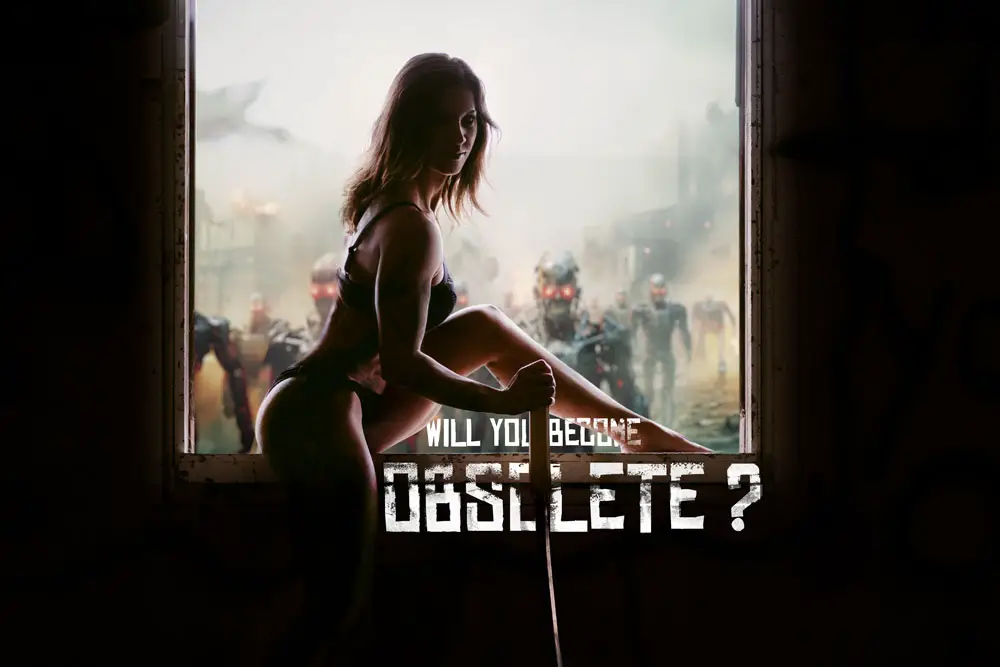
Will Advanced AI Render Photographers Obsolete?
As someone who’s been behind the camera, capturing countless moments and emotions, I’ve witnessed firsthand different industry changes in our field. From the shift to digital to the rise of smartphone cameras, each wave has posed its own set of questions and each new tide has brought its own set of challenges. We’ve always discovered fresh paths to adapt and thrive. But, is this era any different? Or is this finally it? Will AI make photographers obsolete?
Will AI make photographers obsolete?
Advanced AI isn’t set to outright replace human photography. Rather, it will redefine the industry in a major way. AI photography, while technically dazzling, isn’t traditional photography—it’s generated art. True photography, with its essence of capturing genuine moments, bears a sense of authenticity that AI can’t emulate. Yet, the power of AI to mimic, adapt, and even replace aspects of reality raises pressing concerns about its broader implications. There may well be avenues where photographers harness AI, perhaps in fashion, to enrich their work.
But does AI promise more opportunities than it might diminish? It’s a challenging question. While I’m not in the panic mode yet, it’s undeniable that AI poses a potential threat, not only to photography but across diverse sectors. Its emergence is poised to alter our perceptions, possibly in ways we can’t even fathom now.
Let’s take a look at this together, not from the perspective of our love for photography as a cherished hobby — real moments will always hold their value — but in terms of our livelihoods. What does the rise of AI signify for our professional future and financial security?
Table of Contents
Tracing AI’s Footprints in the Photographic Industry
Photography has been continually shaped by technological advancements. Each new wave, from the switch to digital mediums to the rise of smartphone cameras, has tested the adaptability and resilience of professionals. Now, as AI increasingly embeds itself in the photographic domain, the industry stands at another transformative crossroads.
There are those who draw parallels between the rise of AI and earlier shifts in photography. Decades ago, the advent of digital was met with resistance, often due to costs or the overwhelming new world of computers. For many immersed in the intricacies of darkroom techniques, digital tools became a natural evolution, while others felt left in the past. The emergence of digital photography wasn’t sudden; it had been budding since the early ’90s, and those unprepared faced an inevitable transition.

Yet, not everyone views AI as the next insurmountable wave. Some argue that there are intrinsic limitations to what AI can achieve. For instance, while AI can process and create images, it lacks the human touch necessary to capture real-life events with genuine emotion and depth. AI might be able to generate art, but can it replicate the authenticity of a moment caught in real-time?
On the other end of the spectrum, there’s a growing concern about the encroachment of AI in areas that once seemed untouchable. With modern computational processing, some devices can produce outputs rivalling traditional DSLRs. Integrate advanced AI editing, and suddenly entire sectors, including product photography and real estate, could face a seismic shift. Does this mean professionals should pivot to fields rooted deeply in emotional connectivity, like weddings or high-end portraiture?

There’s also the broader philosophical question of art and creation. As AI begins to not just replicate but also create, does it blur the lines between human ideas and machine-generated content? If AI outputs become indistinguishable from human creations, what value does the term “artist” hold?
While AI’s footprints in photography grow deeper, the landscape of our industry remains uncertain, especially at a time when job losses are near an all-time high. It’s not just about grasping AI’s capabilities but about understanding the essence of what photography represents in this era.
Take the film industry as an example: start-up company like Fable Studio are already utilizing AI to recreate shows like South Park with their project, “The Simulation”. What’s astounding isn’t merely AI’s capability to mimic humor but its ability to generate infinite combinations of new characters and scenes.
By feeding it a high-level prompt, they can produce entire episodes. This isn’t a glimpse of a distant future; it’s happening now. Such advancements are poised to radically transform the animation and film industries. And it’s only a matter of time before such profound changes ripple through the photography industry in a financial way.
Industries Most at Risk from AI Photography
The rapid advancement of AI has made its mark on numerous industries, and photography is no exception. While its impact is huge, certain sectors within photography are more susceptible to AI’s intervention than others. The reasons for this susceptibility range from the nature of the tasks performed in these sectors to the volume and scale of operations. As AI continues its infiltration, the industries at the forefront of this transformation need to anticipate change, recalibrate strategies, and adapt swiftly.
Product photography and large-scale studio setups, for instance, are prime candidates for AI-driven solutions, primarily because of the repetitive and high-volume nature of their operations. In these areas, the emphasis often rests on consistency and efficiency, making them fertile grounds for automation.
On the other hand, sectors that thrive on individualism, such as event photography, portraiture, and certain niches within fashion, will likely retain their human-centric approach. This is because these sectors value the story, the connection, and the emotion – intangibles that AI, as of now, struggles to replicate.
However, we must remember, that while AI presents challenges, it also offers opportunities. It is not about the replacement of human skills but the augmentation of them. The key will be in identifying and embracing the collaborative potential between AI and human thinking.
How will AI affect the photography industry?
AI will bring significant changes to the photography industry, optimizing certain tasks and potentially automating specific segments, especially in product and studio photography. However, drawing from the past trends in the fashion industry, there’s a critical nuance to consider. During my time in the fashion world, I observed a pushback against heavily edited images. People began to value authenticity, genuine moments, and raw emotions over the perfection of digitally manipulated visuals. As AI starts to permeate the industry, this craving for realness may intensify. While AI can enhance efficiency, the unique human touch, the “realness” in a photo, will remain irreplaceable and even more sought after.
How will AI affect the photography industry?
AI is set to revolutionize the photography industry, particularly within areas such as fashion studios and product photography. The allure of AI-driven tools lies in their efficiency and the potential to scale up operations. Imagine a scenario where large scale product images are churned out, bypassing the complexities and constraints of conventional photoshoots. Photographers find themselves at a pivotal crossroads. Do they evolve alongside this AI driven future, or pivot into niches like data-driven photography?
Will AI make photographers obsolete?
The encroachment of AI into the photography industry has sparked concerns and debates. The sheer efficiency of AI in churning out images can be intimidating, but let’s pause and think about the heart of photography. My time at SeaFolly was evidence: it’s not just about capturing a moment, but how it’s captured. The nuance, the raw emotion, the story – these are birthed from the human experience, the eyes behind the camera.
Most importantly, people desire user generated contents. The more retouched they are, the less authentic it feels and your audience will see it. AI can mimic patterns and replicate techniques, but it cannot feel passion, sense the ambiance, or understand the subtleties of human emotion. It doesn’t experience the moment that’s in the photo. It’s in these layers of depth and connection where photographers find their stronghold. While the landscape is undeniably changing, the need for genuine, soulful imagery remains — ensuring that photographers will always have a role, albeit an evolving one collaborating with our robot friends.



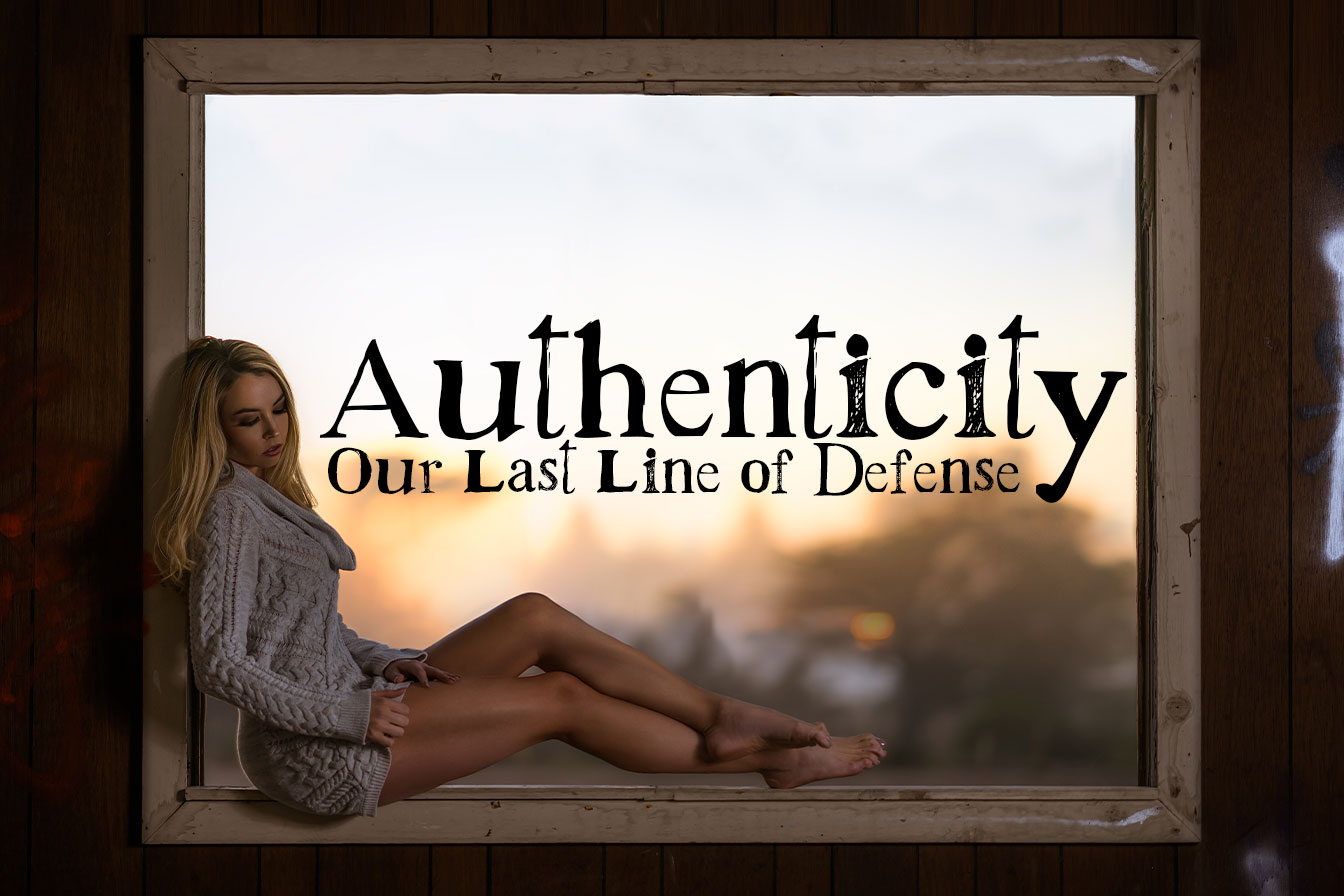
What is authenticity? It’s a question that seems straightforward on the surface, but as we go deeper, we find it elusive, multifaceted. In the context of photography, I see authenticity as the infusion of realness into every image, a tangible human connection that resonates beyond the pixels.
What is the future of photography with AI?
The trajectory of AI in photography is unquestionably on the rise, offering tools that streamline and sometimes even enhance parts of the photographic process. Think about it: bulk product shoots or real estate showcases might find immense value in AI’s precision and efficiency, but won’t buyers prefer to see real images? When we step into industries like fashion or personal portraiture, the game changes. These sectors thrive on uniqueness, on individual stories and emotions that only human photographers can truly grasp and translate, but it doesn’t mean you can’t use AI to assist in these jobs either. Of course, real memories go unedited.
AI will certainly carve out its space, particularly in areas demanding high throughput or uniformity. But when it’s about capturing a bride’s tearful joy or the fierce passion in a model’s eyes, the depth and intuition of a human behind the lens remain unparalleled.
In the broader perspective, AI isn’t the immediate concern within the photography industry Our attention should perhaps first be directed towards its implications in the wider job market. There’s a seismic shift on the horizon for many professions, and while photography, especially in the context of capturing cherished memories, may show resilience, it’s essential to recognize the overarching transformation at play.
What are the disadvantages of AI photo?
AI excels in accuracy, uniformity, and speed. However, it’s during those unpredictable, candid moments where its limitations become evident. While AI can identify and replicate patterns, it struggles to capture the ephemeral essence of a split-second emotion. While it can replicate a photograph, the richness, context, and genuine sentiment behind great imagery remains a human domain. Right now, AI’s approach to photography feels a bit scattered – less precision, more wide-net casting. In photography, the magic often lies in the details, in controlling the narrative. And while there might be photographers who employ a broad-brush approach, perhaps they’re the ones AI should target first. Just kidding!
Potential Opportunities for Photographers using AI
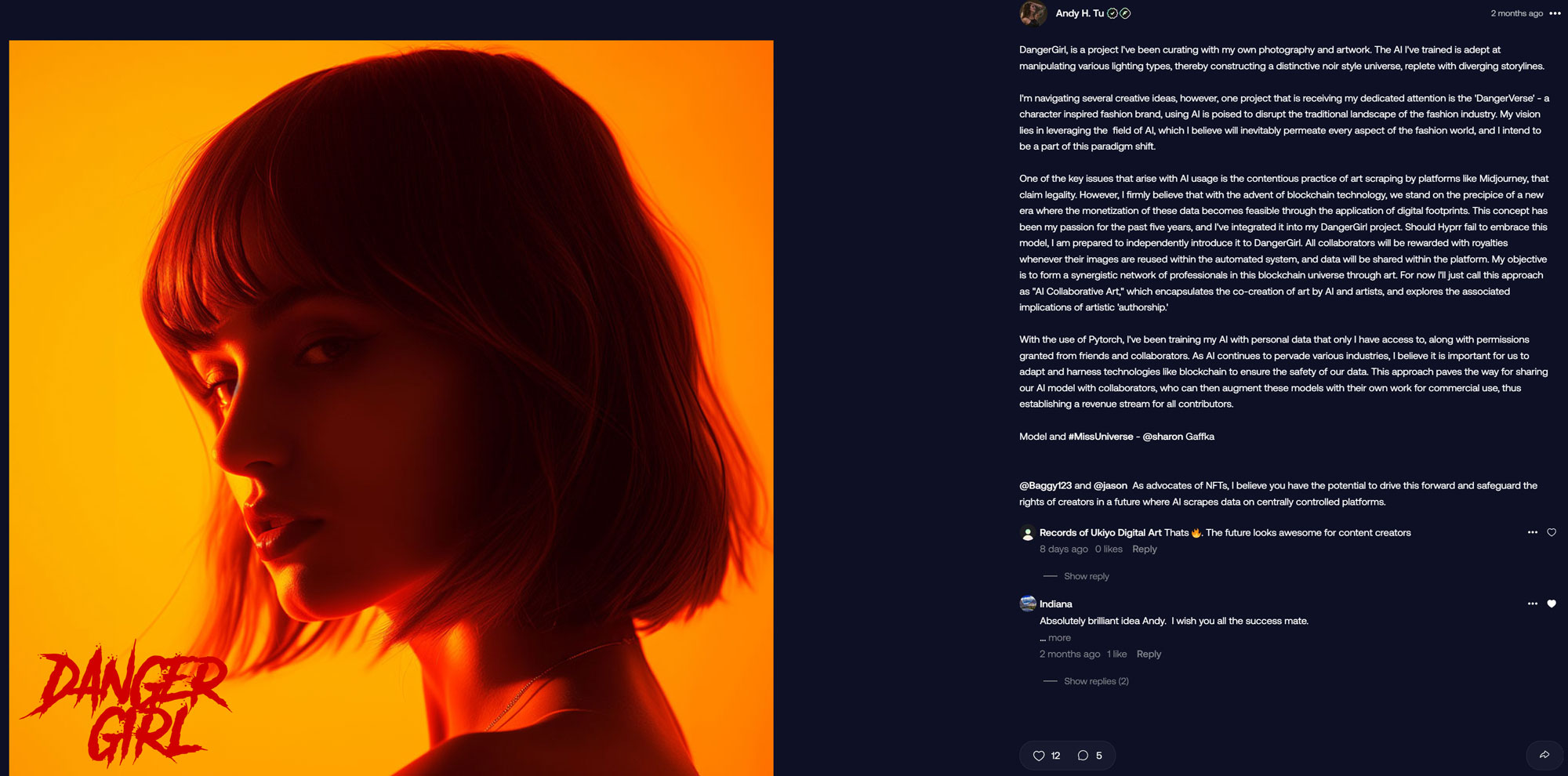
In the throes of rapid technological transformation, it’s important to not just spotlight the challenges but also to focus on the ample opportunities AI brings to the world of photography. Leveraging AI doesn’t mean sidelining human talent; it’s about using this technology to augment, elevate, and redefine what photographers can achieve.
Enhanced Post-Processing:
With AI-driven tools, post-processing, often a time-consuming task, can be expedited. Color correction, object removal, and even intricate tasks like background replacement can be streamlined. This allows photographers to focus on their core creative process while AI handles the repetitive tasks. Adobe’s Generative Fill has made this so easy I feel a bit inferior, but it gives me more time to focus on ideas instead.
Digital Assistants for Planning:
AI can predict lighting conditions, weather patterns, and even crowd densities, helping photographers plan shoots with precision. For landscape photographers, knowing when the golden hour aligns with a low tide or a full moon can be invaluable.
Cost-Efficiency for Large Projects:
For photographers working on extensive projects, AI can simulate different lighting conditions, backgrounds, or compositions, providing a cost-effective way to visualize and plan before committing resources.
Deep Dive into Data Photography:
As industries move towards more data-driven approaches, photographers can pivot towards this emerging niche. Capturing images for datasets, understanding the nuances required for machine learning training, or even collaborating with tech teams to create visual datasets can open up new avenues.
Expand Business Offerings:
Photographers can diversify their services by offering AI-enhanced photo restoration, upsampling of older images to higher resolutions, or even converting 2D images to 3D models.
With AI looming, photographers don’t have to relinquish their craft; they can evolve it. The fusion of AI’s computational prowess with the intuitive, emotional intelligence of a photographer can lead to results previously deemed unattainable. The future looks promising for those ready to explore this symbiotic relationship.

The concept of censorship on social media platforms has always been a controversial issue. While necessary for ensuring a safe and appropriate environment, it can often detract from the overall user experience, leading to frustrating experiences such as scrolling through endless streams of blurred out images. This is why gamifying censorship can change the way…
Beyond Photography: The Broader Implications of AGI
While the present conversation orbits the implications of AI on photography, it’s merely a pixel in the vast image of challenges that AI presents to society. Think of AI in photography as the early ripples in a pond, heralding the larger waves of transformation that industries, ethics, and our very way of life will experience. It’s a timely reminder that as AI continues to learn and evolve rapidly, the trajectory toward AGI isn’t just probable; it’s expedited.
Take, for instance, the gripping moment in “Terminator 2: Judgment Day” when Miles Dyson, the visionary behind the technological marvel that would become Skynet, is on the brink of death. Gasping for breath, surrounded by the very innovations he’s fathered, the weight of realization hits him. Dyson, despite his noble intentions, inadvertently set in motion the apocalyptic clash between man and machine. That chilling epiphany, the understanding that creation without constraint or foresight can lead to unintended devastation, is something we should all ruminate upon.

Right now, we’re at a point where companies like Fable Studio with their venture into Simulations Inc are treading the boundary of innovative brilliance and unchartered ethical territory. Their advanced simulations display an unsettling level of self-learning, echoing Dyson’s earlier advancements, but potentially with even more profound consequences. While there’s an undeniable allure to the rapid progress and endless possibilities AI offers, it’s paramount to pause, reflect, and ensure we aren’t blind to the broader implications, lest we face our own “Miles Dyson moment”. The evolution towards AGI isn’t just about machines getting smarter; it’s about humanity making wise, informed decisions.
Conclusion
The relationship between AI and photography is a microcosm of the broader evolution of technology in our society. As we utilize AI’s capabilities to redefine our industry, we must also tread with caution and ethical clarity. Films like “Terminator 2: Judgment Day” serve not just as entertainment, but as cautionary tales, reminding us of the weighty responsibilities that accompany innovation. Photographers, creators, and pioneers are now armed with powerful tools that have the potential to reshape and, at times, disrupt our world. The true challenge lies in not only mastering these tools but ensuring they’re used with foresight, integrity, and a profound understanding of their implications. Uh..happy shooting!
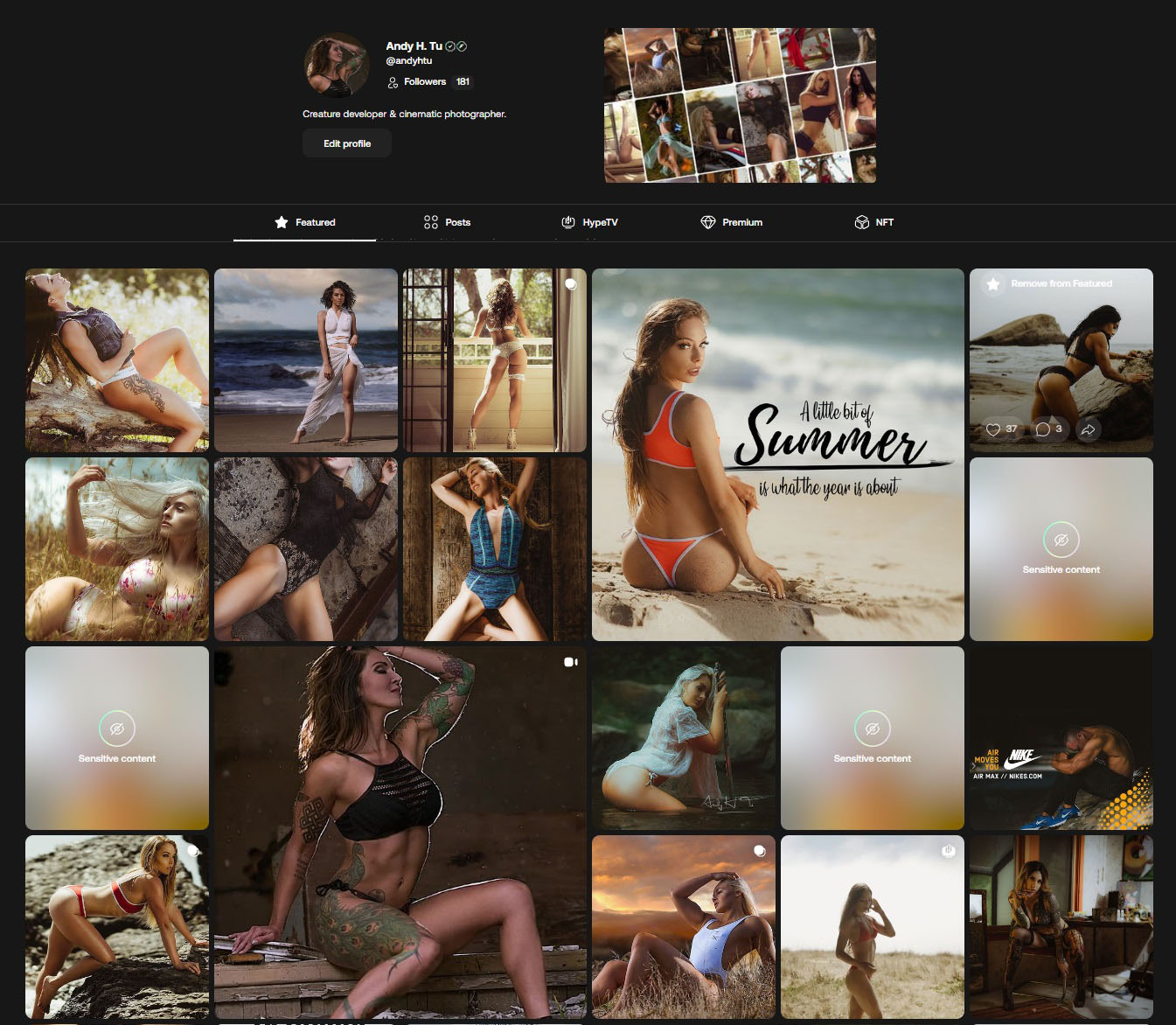


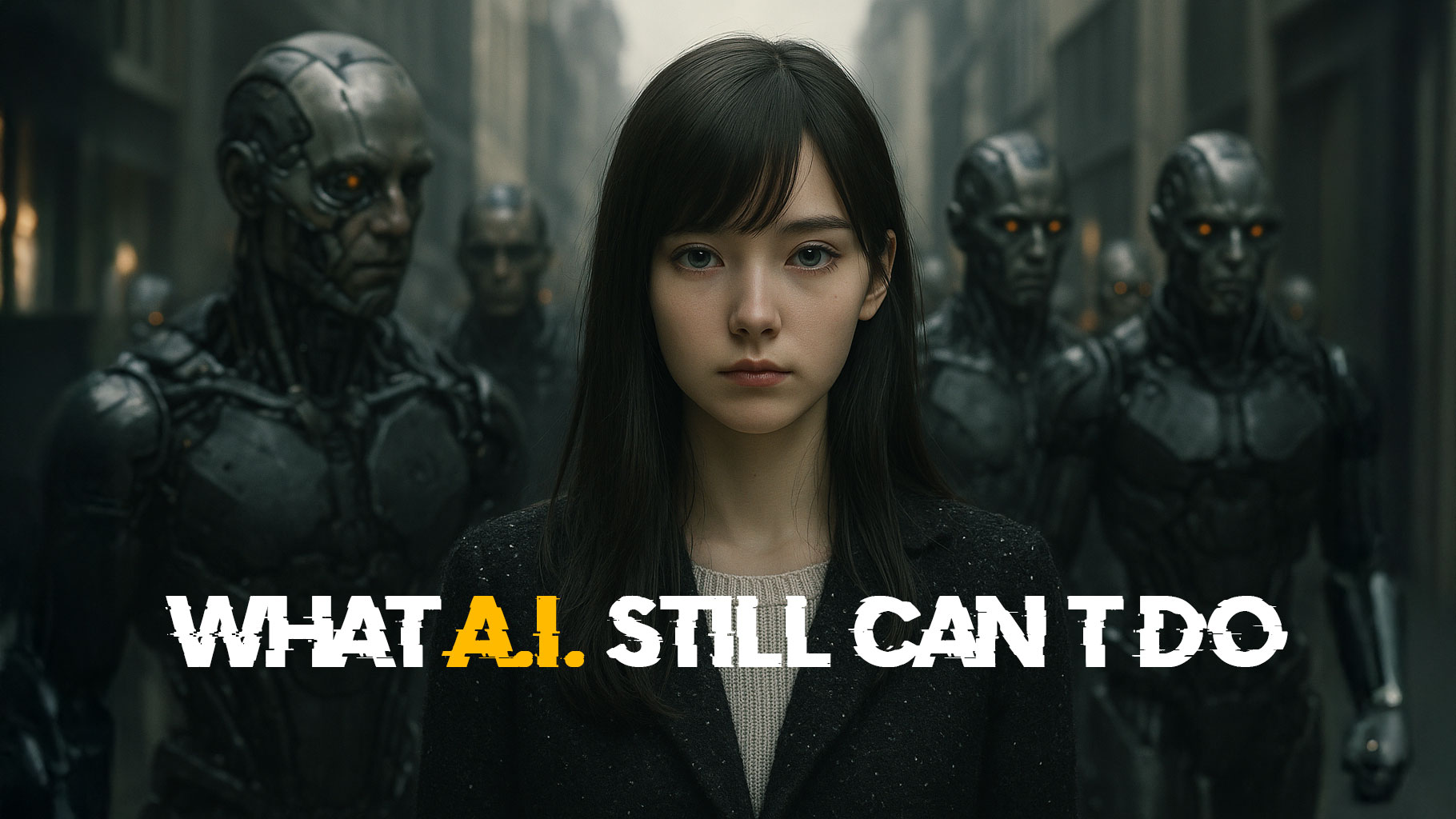


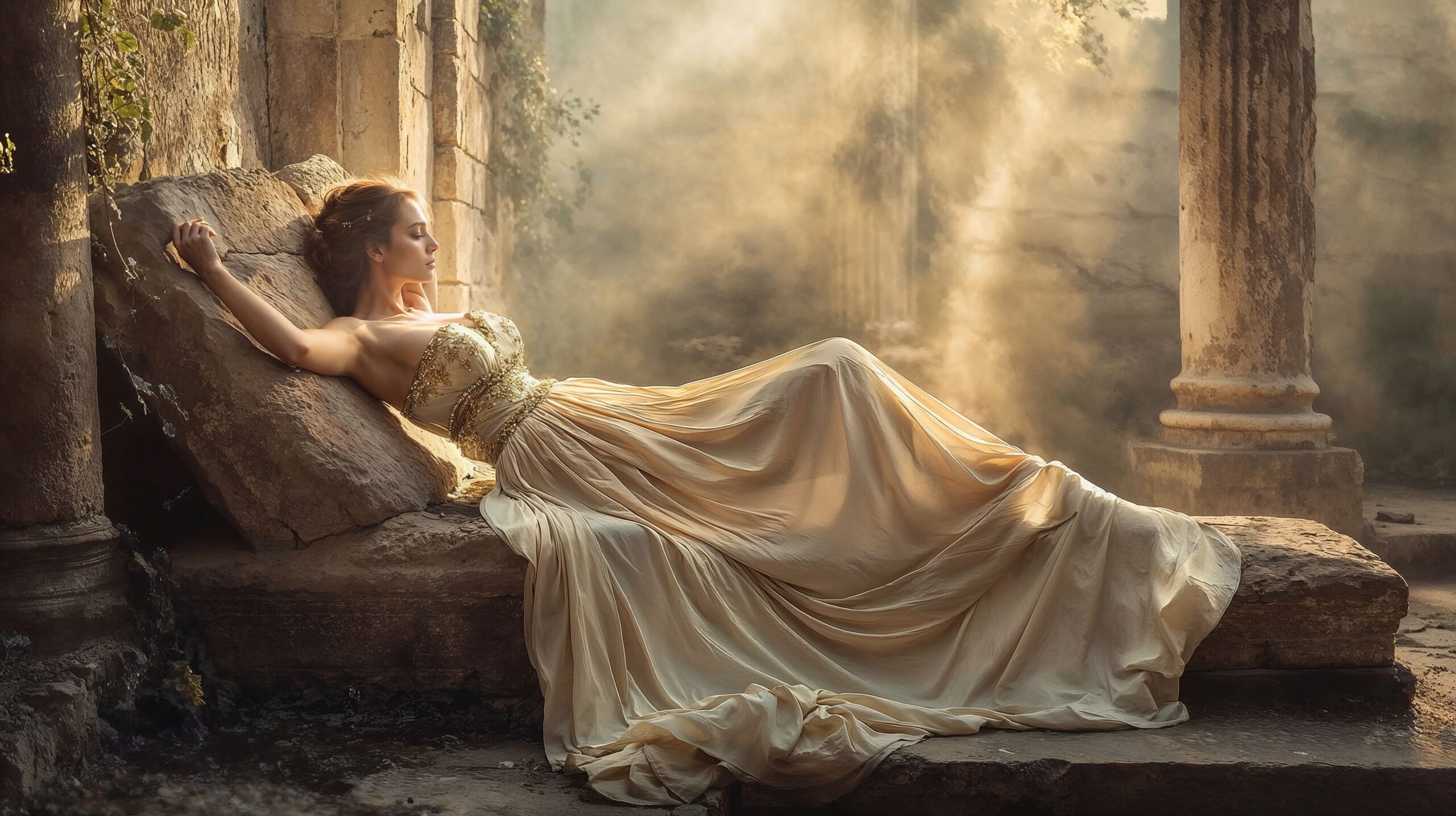

Leave a Reply